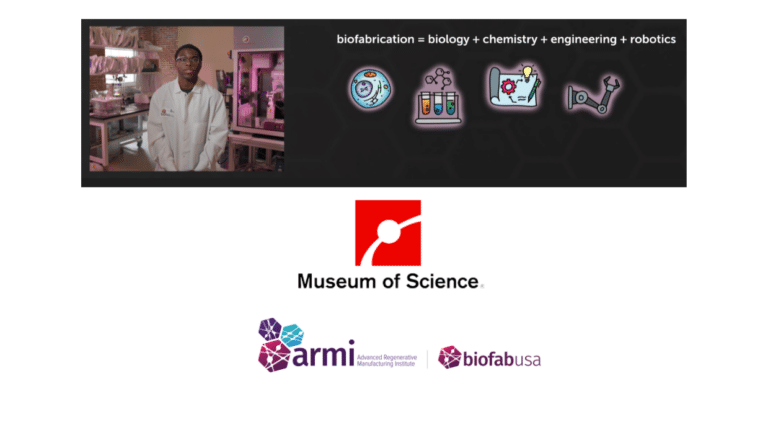 Oxygen, a critical physiological parameter in regenerative medicine, drives cell growth, differentiation, and death – but oxygen is not monitored closely, especially in three-dimensional tissue grafts. A key hurdle in regenerative medicine is the insufficient oxygen delivery to highly metabolic cells in portions of tissue grafts, resulting in dysfunctional or dying cells and poor outcomes.
Oxygen, a critical physiological parameter in regenerative medicine, drives cell growth, differentiation, and death – but oxygen is not monitored closely, especially in three-dimensional tissue grafts. A key hurdle in regenerative medicine is the insufficient oxygen delivery to highly metabolic cells in portions of tissue grafts, resulting in dysfunctional or dying cells and poor outcomes.
O2M, a start-up company located in Chicago, IL, offers oxygen imaging instruments and services for regenerative medicine and preclinical cancer studies. “Our moto is ‘Oxygen Imaging for Efficient Therapies,’ said Dr. Mrignayani Kotecha, co-founder and CEO of O2M, adding, “The partial oxygen pressure (pO2) maps of artificial grafts, cell-therapy devices, and artificial organs generated using our device must be used as a quality control tool to improve the design and performance of these tissues. We are in a unique position to assist with bringing new regenerative therapies to the clinics by providing feedback on device oxygenation quality early in the process (right after cell seeding).”
O2M’s oxygen imaging technology is based on pulse electron paramagnetic resonance (EPR) oxygen imaging (EPROI). EPR was first discovered in 1944 by Yevgeny Zavoisky at Kazan State University in Russia. O2M’s co-founder and CTO, Dr. Boris Epel, is the fourth-generation scientist from the same lab.
The point measurement or dissolved oxygen measured of liquid cell culture or media does not reflect correct oxygenation in a three-dimensional tissue as there may be sharp oxygen gradients that could be missed in such measurements. O2M’s core technology provides non-invasive three-dimensional partial oxygen pressure (pO2) maps in tissues.
“The longitudinal monitoring of partial oxygen pressure (pO2) in vitro and during early engraftment periods in vivo can provide the necessary feedback for the creation of functional tissues and organs but was often overlooked because of lack of noninvasive techniques for measuring oxygen deep in tissues. Oxygen monitoring in developing tissues will avert hypoxia-induced cell death, control cell differentiation, and overall improve the graft quality,” Kotecha explained.
O2M’s oxygen imaging was developed to assist with oxygen guided radiation treatment. While it has been known for over a century that oxygenation affects cancer radiation treatment, no one could utilize this information to improve the treatment efficiency. O2M’s co-founders, Dr. Boris Epel and Dr. Howard Halpern, were the first to show that using oxygen guided radiation the hypoxic fractions could be targeted to improve tumor reduction.
Dr. Kotecha is active in the field of noninvasive imaging of engineered tissues for the past decade, and has published peer-reviewed articles and an edited book titled Magnetic Resonance Imaging in Tissue Engineering. It was her efforts that brought attention to the application of oxygen imaging technology to regenerative medicine.
O2M was introduced to ARMI | BioFabUSA by NIST Scientist Dr. Carl Simon who has a keen interest in utilizing oxygen imaging for noninvasive assessment of cell viability in 3D scaffolds.
The O2M core oxygen imaging technology was developed and perfected for cancer hypoxia and treatment research. “Our preliminary studies showed that it is very well suited for regenerative medicine. We are interested in collaborating with ARMI and its members to properly characterize it for regenerative medicine and move forward the field of physiologic imaging. We also plan to add three-dimensional pH imaging in our pipeline,” Dr. Kotecha said.

O2M’s products include its preclinical oxygen imager, JIVA-25ä, and the “Oxygen Measurement Core” service facility recently established with the support of JDRF to perform in vitro and other preclinical oxygen imaging studies. O2M’s flagship instrument JIVA-25ä is suitable for in vitro and in vivo measurement of tissue grafts and cell encapsulation devices. JIVA-25ä is the world’s first dedicated preclinical oxygen imager.
“I see hurdles in the adaptation of new technologies because the field is very conservative,” she said continuing, “the adaptation of new technologies requires out-of-the-box thinking. We need to move away from 2D cell biology techniques to 3D imaging techniques for the assessment of the artificial grafts. We need to bring robotics and AI in regenerative medicine. Together these new directions will make the idea of tissue manufacturing a reality.”
“I also see breakthroughs in regenerative medicine in the use of noninvasive imaging techniques to monitor tissue growth and functionality; the use of Artificial Intelligence (AI) to predict the success and failure of tissue grafts, and the use of robotics to remove the variability in the processes,” she noted when asked what was on the horizon.
“We are very interested in collaborating with ARMI and its members to perform service projects. ARMI members receive 15% discount on JIVA-25ä purchases. We expect that the pO2 maps of tissue grafts will serve as a quality control tool in the development of new regenerative medicine therapies,” she concluded.






